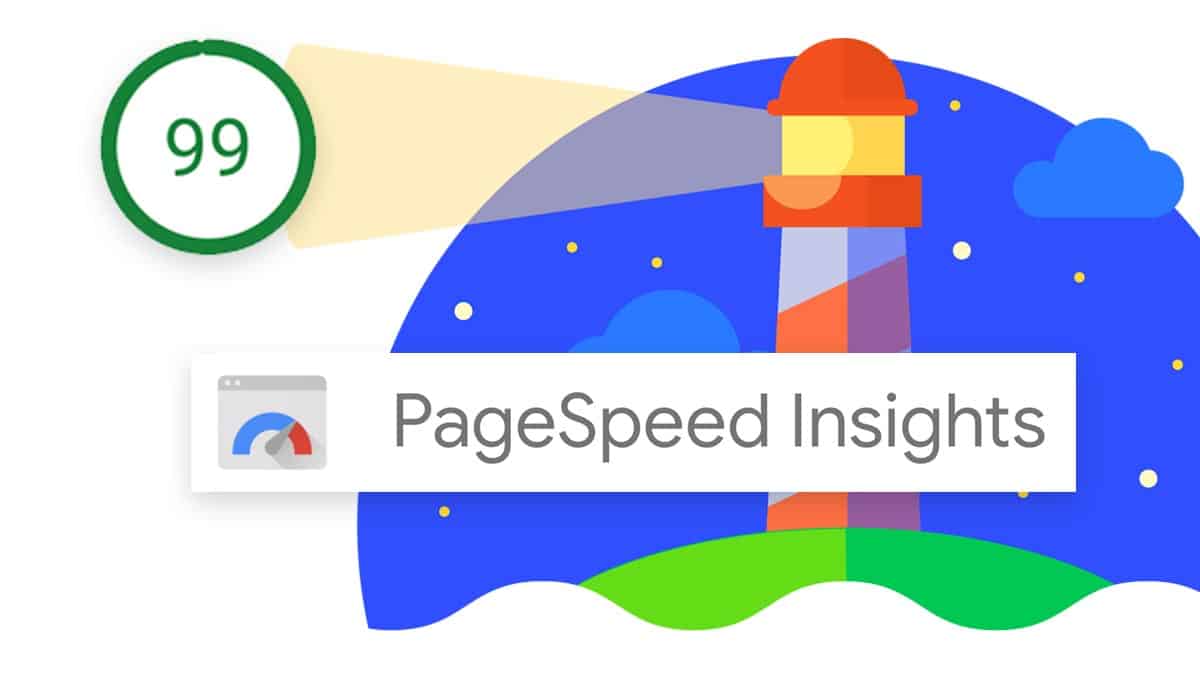10 Helpful Tips That Improve Website Load Speed

In this post, we are going to discuss the benefits of having a faster site, helpful tips to improve your website load speed and some popular speed testing tools.
It may not come as some surprise but search engine usage on mobile devices now outnumbers desktop. With mobile popularity and the frequency of “double screening,” it’s even more crucial to make sure your website loads quickly because mobile internet connections are often slower then desktop.
Benefits of Faster Loading Websites
- Happier visitors & more conversions – People are impatient and need information quickly. Your website needs to accommodate their needs. Also, happier visitors tend to stay on your website longer and hopefully contribute to more conversions.
- Lower bounce & abandonment rates – Studies have shown the faster your website loads can dramatically improve the amount of visitors that do not leave your site.
- Google mobile ranking benefits – Mobile site speed is now integrated as a ranking factor for mobile searches. Meaning, if you have a very slow site, Google is less likely to show your web page in the search results.
- Improved Credibility – Many users take a website’s speed, or rather lack thereof, into account for how much time or money is going to be spent on it. Not only that, a slow to load website reflects poorly on the business and leaves an overall bad impression.
- Scalability – Many users take a website’s speed, or rather lack thereof, into account for how much time or money is going to be spent on it. Not only that, a slow to load website reflects poorly on the business and leaves an overall bad impression.

Website Speed Improvement Checklist
- Quality hosting platform – Your web host is the foundation for your website and iIt is important not to skimp on monthly host services for your website. This does make a difference when it comes to site speed. A fast web host has advanced servers that do not get easily overloaded with requests and can faster serve your content to your visitors. They also offer advanced caching solutions, such as CNDs, on the server level. We recommend WPEngine (for WordPress sites) and Liquid Web as our hosts of choice.
- Compress all images – Use tools like TinyPNG to make sure the website images are compressed to the smallest size possible while still maintaining a high quality image. We have been astounded by the amount of data you can save by compressing large high quality images. The less data that your website requires to load, means a faster website in general. This also falls hand-in-hand with sizing your images correctly. If you only need the image to be 500×500, there is no need to load a 1500×1500 image even if it is compressed.
- Serve scaled images – All of the images that are being loaded on your website should be reduced down to the proper size they need for display. It’s poor practice to load an image that is larger than needed. The larger the image, the more data it takes to download. Making sure you load the proper size image is beneficial to your site speed.
- Minimize redirects – If you are loading any scripts or files on your website, they should not need to redirect to a different URL before reaching their final destination. Unnecessary redirects puts more stress on the server. Also, the time needed for the redirect to occur adds up and contributes to a slower site overall. It’s best if all scripts and/or files show the correct URL without redirecting
- Browser caching – By adding caching codes to your .htaccess file (typical for Apache server sites) that will inform browsers to “remember” the resources it has already loaded. As a result, the browser doesn’t need to fetch the resource again which results in a faster loaded website.
- Avoid bad requests – All of the scripts and files that are loading on your website should work properly. Only loading working scripts and files helps to avoid wasteful server requests that can contribute to a slower load time. If a script is broken, it can delay the server even more than if it was working so it is very important to remove any scripts/files that are not being used anymore.
- Lazy load images and scripts – Any images that are loaded below the fold and are not visible to the user should be deferred to load later on in the process. There is no reason to preemptively load images before a visitor sees them which also helps to improve site speed and lessens the amount of requests required for your site to fully appear. Many times, it also helps to delay the loading of non-critical scripts until the website is completely loaded or the script is needed. This can help immensely if you have many tracking scripts, such as, Google Analytics.
- Minify CSS, HTML & JavaScript – Similar to compressing your images, the same can be done for your CSS, HTML and JavaScript files. The minifying process removes all of the unneeded spaces and line breaks from the file and reduces its overall size. The less data needed for your website to load the faster it will appear.
- Don’t use a WordPress theme template – WordPress theme templates are typically very bloated with scripts and files to encompass all the functionality it can handle. However, if you aren’t using the theme to its full capability, then it adds extra data weight to your website that is unnecessary and slows things down. Even though a custom website is more expensive, the code is more efficient and optimized. This will help in the long term with happier visitors, lower bounce rates and higher conversion rates. Maintaining a themed website is also much more time consuming than a custom website and oftentimes only get more and more bloated as time goes on.
- Use Caution with WordPress plugins – Similar to WordPress theme templates you should be wary of adding WordPress plugins to your website. These plugins can also bloat the website by adding unnecessary code that can be accomplished in a better manner by having a developer add the functionality without a plugin. It is also recommended that you remove any unused plugins over time as good housekeeping practice. Over time, the needs of the website may change and certain WordPress plugins may no longer be in use or needed. On top of adding more weight to your website, plugins are a big cause of security vulnerabilities if not kept up-to-date.
Popular Speed Testing Tools
Below are the speed testing tools that we use at PaperStreet. We like to use a combination of all of the below since they all test for slightly different areas and offer a variety of improvements that can be made to your website.
Questions or Feedback?
We would love to hear your feedback if this blog post has helped you identify actionable improvements for your website speed. Also, if you run into any issues, feel free to leave a comment below and we’ll do our best to help you out with a solution.
Further Learning
Are you interested in learning more about legal marketing? Head on over to our SEO Guidelines & Best Practices page. Our guide will teach you the do’s and don’ts for law firm SEO along with what we include in our SEO plans.







